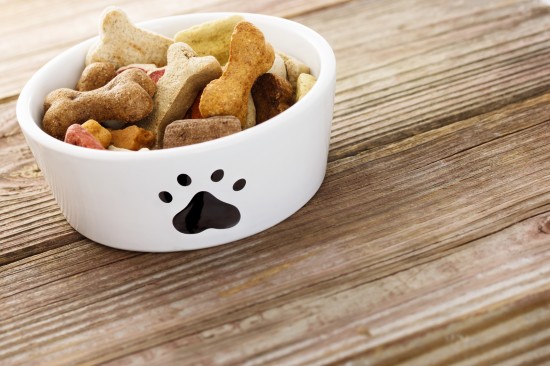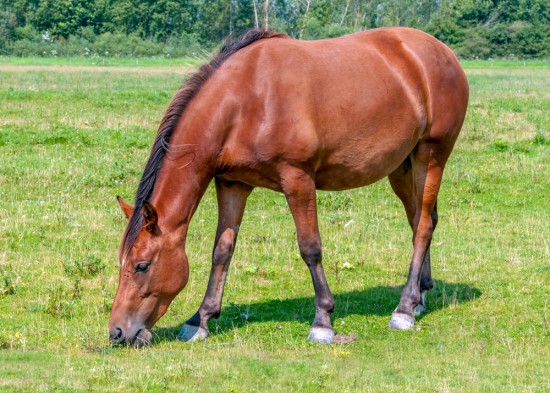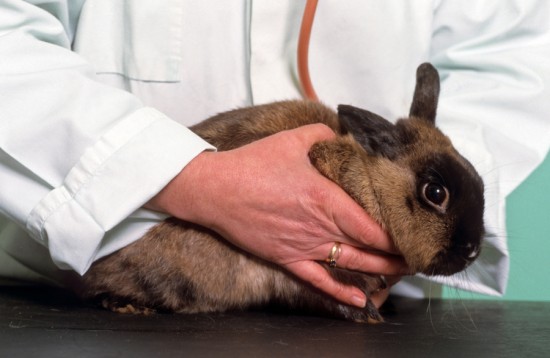

Even complete foods for dogs can vary greatly in terms of their nutritional and ingredient make-up, with some foods being eminently more nutritious and suitable for dogs than others. The quality of the ingredients themselves can vary considerably too, with foods at the top of the range (and price scale) sometimes consisting of organically farmed ingredients and premium meats such as we would cook for our own meals. However, some other foods are composed of lower quality cuts, leftovers and the type of ingredients that would make up sausages for people, or in some cases, not be considered fit to eat at all!
While the sliding price scale of dog foods can sometimes be indicative of quality, this is not always the case. Sometimes, foods that have a premium price tag, nice packaging and “veterinary endorsements” are essentially trading on their marketing endeavours rather than the actual quality of the food itself. It is important for dog owners to be able to read and interpret the meaning of the ingredients of their dog’s food, in order to make an informed decision about what to buy.
In this article, we will cover the layout and meaning of the various different ingredients that are commonly found within dog food, in order to help you to do this.
With dog food (as with human food) in the UK, the ingredient labels of the packaging will be laid out in descending order, with the ingredient present in the greatest quantity first, and trace elements right at the bottom. So if your dog food’s first ingredient says that it is chicken, this should mean that chicken makes up the greatest individual ingredient within the food.
However, it is not always that simple! May different products from within the same food groups are often used within dog foods- for instance, chicken meat, chicken meal and chicken stock. Similarly, the heading for “grains” can encompass various different grains, such as corn and wheat. If chicken is listed as the first ingredient but it is then followed by a string of different grains, the chances are that when you combine the grains together, their total volume will exceed that of the chicken. Sneaky!
Dog food ingredient listings are not as simple as “grain,” “meat,” “corn,” etc; there are various different terms used for different types of products! Here are the main ones:
If the product simply says “meat” (usually defined by the type of meat, ie, beef) this refers to actual whole products, including flesh, primary organs and tendons, the best quality cuts from the animal. “Meat” usually refers to large animals used for food, with poultry classed separately.
Organ meat should consist solely of whole cuts of the main organs of the animal.
Meat meal is the remaining meat product left after the prime cuts, which is rendered from the bones in order to obtain it all. Meat meal should not include the contents of the stomach, nor hair or hooves.
Meat by-products include bone, minor organs, fatty tissue and blood. Again, no hooves or hair.
This term refers to chicken and other poultry used in food, and can refer to the organs, feet and heads.
This is poultry meal composed from rendering the chicken or other bird, but not including the feathers.
This is rendered meal consisting of a combination of meat meal and bone, but does not contain hooves.
Tallow is a thick, hard fat that is difficult to digest and should only be present in dog food in very small quantities, if at all.
Animal digest refers to animal tissue (such as blood, skin and flesh) that has been chemically broken down, but does not contain any hair, hooves or feathers.
Fish refers to whole identifiable fish cuts of any size, such as you might serve up whole to eat as a meal.
Fish meal refers to cleaned and dried fish products made up of flesh, skin and processed bones.
Grains refer to products such as corn and wheat, which are used to bulk out dog food. Generally these are broken down into the individual grain products, and not all grouped under the heading of just “grains,” as this makes them look smaller in the ingredients listings.
Furthermore, individual products from one grain (such as corn) might even be broken down further into component parts, such as corn, corn husks, corn meal and corn syrup. Take care to count everything that is a corn (or another grain) product together, to get a true picture of the amount of it that is contained within the food.
Rice is another common ingredient of dog food, and one that is considered to be preferable to grains in terms of nutritional value and as an aid to digestion.
A whole range of necessary trace elements and vitamins are added to dog foods, which are necessary to provide a balanced diet and give your dog everything that they need.
However, dog foods also contain preservatives and sometimes, flavour enhancers or colorants. While preservatives are necessary, try to choose foods with natural preservatives, and steer clear of foods that contain artificial colours or flavour enhancers. Just as “E numbers” are considered not to be a very good ingredient within human food, so the same is true for your dog.
 Buying Grazing Land For Horses - Considerations To Bear In Mind
Buying Grazing La
Buying Grazing Land For Horses - Considerations To Bear In Mind
Buying Grazing La
 Dog Boarding Manitoba - For Complete Care and Grooming
Dog Boarding Manitoba - For Complete Care and Grooming
Dog Boarding Manitoba - For Complete Care and Grooming
Dog Boarding Manitoba - For Complete Care and Grooming
 Get the Best Chicken Runs to Maintain a Healthy and Fit Flock
Get the Best Chicken Runs to Maintain a Healthy and Fit Fl
Get the Best Chicken Runs to Maintain a Healthy and Fit Flock
Get the Best Chicken Runs to Maintain a Healthy and Fit Fl
 What Is Positive Reinforcement Training For Dogs?
What Is Positive
What Is Positive Reinforcement Training For Dogs?
What Is Positive
 Top 5 Signs Your Rabbit Needs To See A Vet!
Top 5 Signs Your
Top 5 Signs Your Rabbit Needs To See A Vet!
Top 5 Signs Your
Copyright © 2005-2016 Pet Information All Rights Reserved
Contact us: www162date@outlook.com